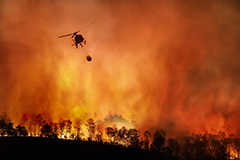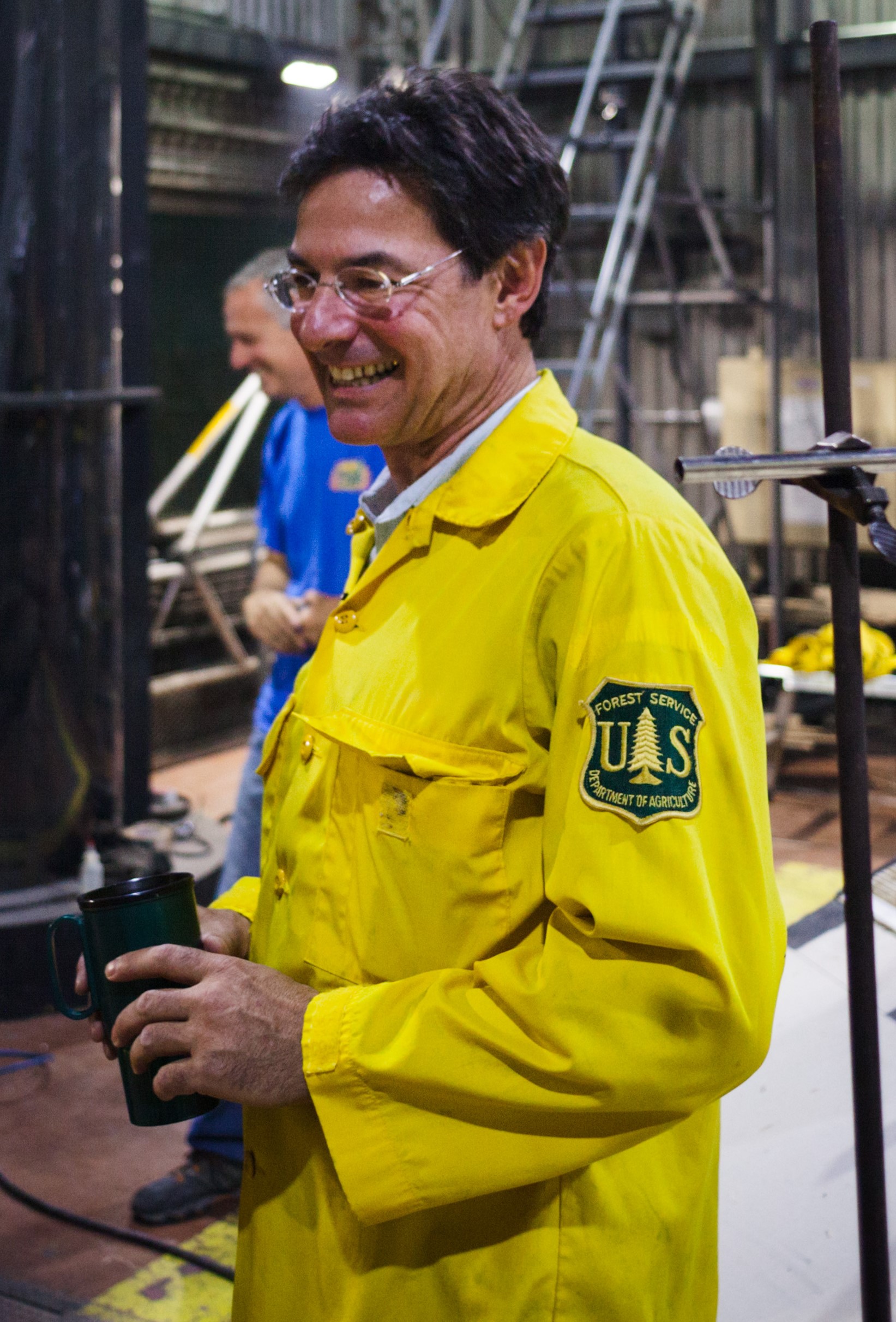
In many places, fire seasons keep getting longer with larger and ever more destructive wildfires. Teams of mathematicians, computer scientists, meteorologists, and firefighters are working to reduce the number of large fires before they happen and to contain those that do occur. Reducing the number and size involves employing wiser land-use strategies to decrease the amount of fuel available, while containing fires that are already burning entails collecting and processing vast amounts of data quickly so firefighters can act to save lives and property. Frequently-updated information about factors such as wind speed, moisture levels, and terrain is fed into numerical models of fire spread (which are also updated based on their performance for that fire) that use computational techniques to make rapid predictions about the areas to be affected. Firefighters on the scene use those predictions to guide their strategies for deploying crews and conducting evacuations.
Climate change affects the frequency of various weather conditions that determine the likelihood and growth potential of wildfires, and fires create their own weather, making them even more difficult to predict. In some cases, the fire can react with turbulent air and create a fire tornado, one of which in California had winds estimated at over 150 mph and temperatures around 1500ºC. Mathematicians and other researchers are working in the lab and on the ground to understand “firenadoes” and related properties, such as flame structure (flames’ highs and lows are not totally random), the heat release rate (which can cause objects 30 feet away from a fire to ignite), and how fire spreads by both convection and radiation. The challenge is to find simple physical and mathematical ways to describe complex fire phenomena so as to improve operational uses of models for fire managers.
For More Information: “Firemap: A Dynamic Data-Driven Predictive Wildfire Modeling and Visualization Environment,” D. Crawl, J. Block, K. Lin, and I. Altintas, Procedia Computer Science, 2017, pp. 2230-2239.





 Korean
Korean Polish
Polish